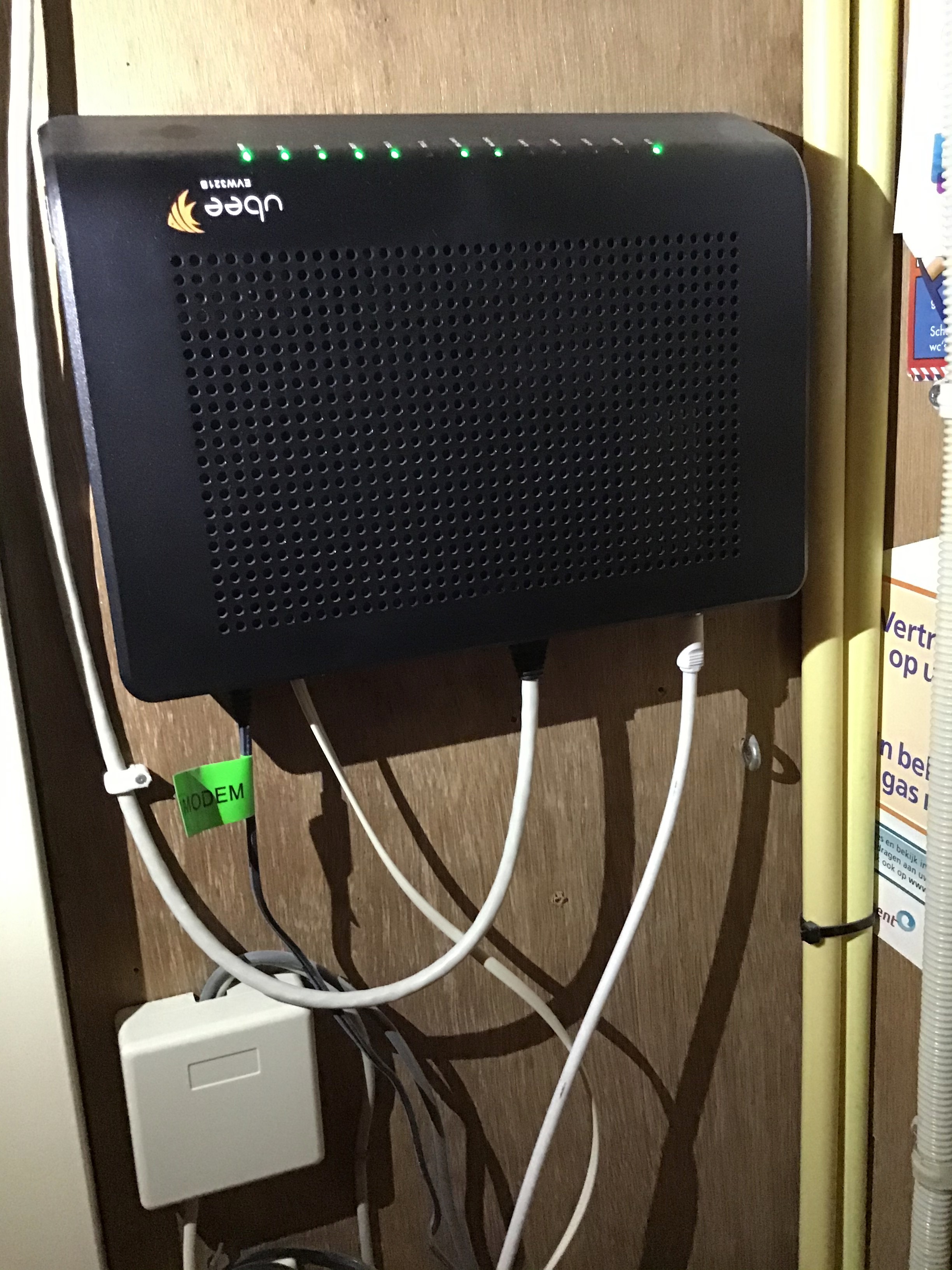

That keeps the ping test within the Rogers system, avoiding any border crossing issues. That works very well.Ī secondary target for latency detection purposes is the Rogers DNS.

You can use the CMTS as a target for packet loss detection in the external cable system. Since firmware version 2.0.10.27, there has been a modem timing issue that causes high ping spikes for any ping test to the CMTS. Note for the white CODA-4582 modem, you can't run a ping test to the CMTS for the purpose of latency observation / detection. The bottom plot averages out, looking better and better as you lose those high latency spikes, but, the top data MAX column will show the true high latency point in the displayed plot area assuming that the FOCUS (Time) is set to Auto.Īny time you see packet loss indicated from the modem or CMTS, when your target is beyond the CMTS, that packet loss is most likely a false loss indication and should be confirmed by running a command line ping test. As you scale up in time period, from 60 seconds, to 10 min, to 24, 48 hours, you cram more and more data into a fixed horizontal plot area. You’re a systems administrator - and you need to know when connectivity to one of. Keeping this on Auto simplifies the whole "matching time period" issue. PingPlotter can help with a variety of different network related woes - and can be a great help to you if: You rely on a network or internet service, which happens to be having problems - such as slow performance, random disconnects, or other similar issues. If the Focus (Time) is on Auto, then the top data time period matches the bottom plot time period. The ERR column is the packet loss count, ie: the individual packet loss events that occurred in the top data time period. The MAX column is the maximum latency observed in the top data time period.

Typically you're interested in the maximum latency, so, right click on the top title bar for the columns, select MAX and ERR for display and drag those two columns to the right to sit beside the MIN column. So, you can have two or more data points at the same horizontal pixel and pingplotter averages that data instead of maintaining the minimum and maximum data points. That happens when there is more data in the plot area than can be displayed as a single pixel point. Pingplotter unfortunately averages the plotted results.
#Pingplotter ipv6 manual#
You can also adjust the scaling for the plot to automatic or manual selection to maximize the height of the plotted results. Or in other words, use all of the available area to display the plot area. Drag the bottom plot area up so that the top of the plot display sits just under the text data above it. You will end up with the CMTS as the displayed target in the bottom plot area and should only see packet loss (false loss) indicated from the modem in the upper latency display. Running 0.02 seconds for a ping interval, start the test using that Hop #2 address. Stop the test, right click on the IP address for copy the IP address and paste that into the address bar. The CMTS latency doesn't look bad, the packet loss is a false packet loss indication. What modem do you have? If its a CGN3xxx modem, the exact model can be seen at the back of the modem, on the product sticker. Note that if you run the script again PingPlotter will add a second entry for each host the script finds which is not what you want … so, if you have a better script or even one that can run repeatedly and add newly found hosts without duplicating those already added as targets to PingPlotter or even remove hosts that go missing let me know."So what are we looking at here?" Pingplotter and Hitron modems don't play well together. Voila! You can now configure PingPlotter for only the active hosts on your network. If you’re on OS X and have curl installed (see the previous column) then you can just create a file called pp-prog.sh with the above text (modified for the address of your PingPlotter host then make it executable with the command: #!/bin/bash # (the previous “hash bang” line isn’t necessary under OS X) # Usage: pp-prog %1 %2 %3 %4 %5 # %1 - first IP address octet # %2 - second IP address octet # %3 - third IP address octet # %4 - start value for fourth IP address octet # %5 - end value for fourth IP address octet # Example: > pp-prog.sh 192 168 1 1 254 # COUNT=3 # number of pings to send to each host DOT=“.” # separator for IP address # a=$1$DOT$2$DOT$3$DOT # build a string of the top # three IP address octets for (( i=$4 i/dev/null #note 6b else printf "Host : $a$i is down at $(date)\r” # note 7 fi done printf "%0.s " # note 8a printf "\rDone.\n" # note 8b


 0 kommentar(er)
0 kommentar(er)
